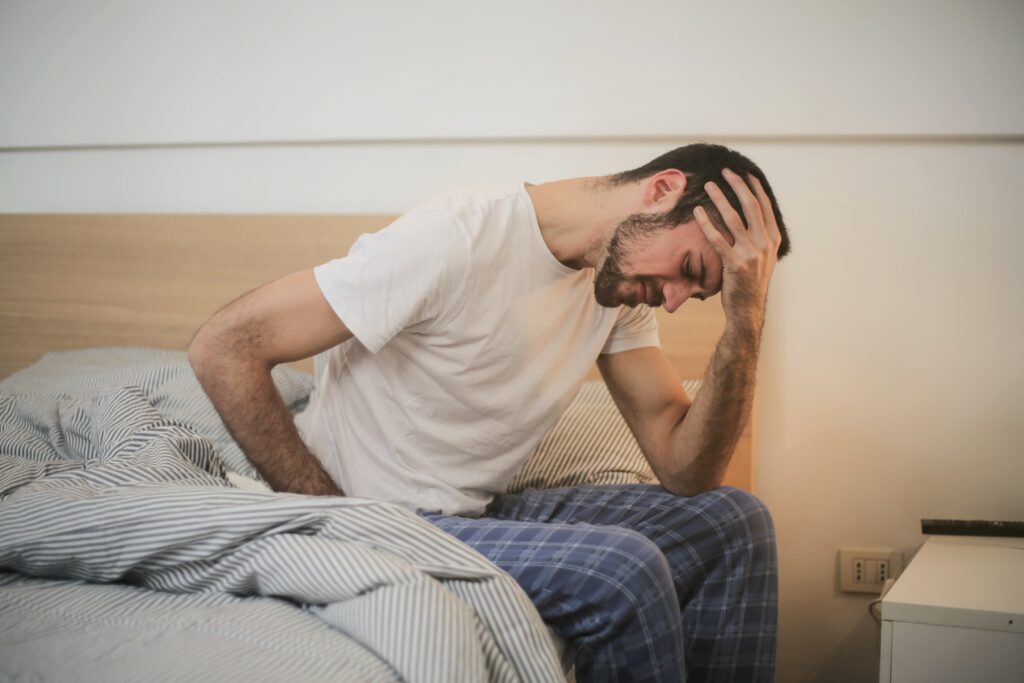Physical Therapy Helps Back Strains & Sprains
Introduction
Sprains and strains are commonly caused by sudden movements, falls, or overexertion and can result in muscle inflammation, soreness, and tightness. If left untreated, these injuries can lead to difficulties performing everyday activities. One effective form of treatment for sprains and strains in the back is physical therapy. By working with a physical therapist, those who experience these types of injuries can regain their strength, flexibility, and range of motion while minimizing pain and restoring normal function.
Physical therapy can help people recover from sprains and strains in the back by utilizing specific exercises and stretches tailored to each individual’s needs. The therapist will also work with patients to diagnose the underlying causes of their injuries and develop a care plan accordingly. By following this plan, patients can expect to see improvements in their mobility and overall functionality, as well as a reduction in pain and discomfort. With the help of physical therapy, those who experience these types of injuries can get back to their regular routines faster and with more confidence.
What to Expect at Physical Therapy
During your first physical therapy appointment, your physical therapist (PT) will perform a thorough assessment of your medical history, including any prior treatments for your injury. This evaluation will entail range of motion tests, as well as strength tests that measure the power of various muscle groups involved in movement. Your PT will then create a personalized treatment plan tailored specifically to your needs, which generally involves a combination of manual therapy techniques, such as soft tissue mobilization or joint mobilizations, with therapeutic exercises to address any muscle imbalances or weaknesses contributing to your condition.
Types of Exercises You Might Do
Physical therapists use evidence-based exercises meant to target weakened muscles while limiting strain on those muscles affected by injury so that they are allowed time for healing without being overworked or re-injured. Active stretches are often prescribed by PTs which require sustained contraction from a muscle group followed by its stretch; this helps strengthen weak muscles while helping restore flexibility and range of motion within the affected area(s). Some active stretching exercises commonly used when treating back sprains/strains include:
- Prone Gluteal Contractions: Lie face down on mat with legs straight out behind you at hip level along with arms extended out in front; engage glutes while lifting legs off ground slightly before slowly lowering them back down; repeat 10-15 times per set
- Seated Abdominal Bracing: Sit up tall with feet flat against floor; place hands just above knees; engage core muscles while pulling lower abdominals up towards spine (imagine zipping up pair of tight pants) then contract pelvic floor muscles before releasing everything slowly; repeat 8-12 times per set
- Supine Hip Flexor Stretch: Lie face up on mat/bed with knees bent alongside hips; wrap right arm around right knee while bringing it towards chest until feeling light stretch throughout left hip flexor area; hold stretch for 20 seconds before repeating on opposite side
How Long Recovery Takes
The duration of injury recovery depends on initial severity and underlying factors such as nutrition or movement patterns. With proper rest, exercise, and therapy, full recovery usually takes 2-6 weeks. Avoiding irritants like heavy lifting and strenuous activity is crucial until symptoms resolve to avoid further aggravation or elongated recovery time.
Conclusion
Physical therapy provides an effective solution for pain associated with muscle strain/sprain injuries. It involves education on safe exercise techniques, individualized manual therapies, and guidance throughout the recovery process, enabling individuals to return safely to their activities without risking long-term damage. Hope this helps!
References:
1) American Physiological Society (APS). What Is Physical Therapy? Retrieved July 14th 2020 from https://www.apsfaqnet2tdev4prodwebappservice20200527083732publicfaqshowfaqaspx?faqid=1779&issearchresult=true&searchtype=0
2) Mayoclinic Staff (2020). Sprained Ankle Treatment – Self Care at Home Retrieved July 14th 2020 from https://www.mayoclinicorgselfcaretherapyanklesprainedankletreatmentselfcarehomeadmc20000463800600589972
3) Wilkerson N (2016). Common Physical Therapy Exercises for Back Strains and Sprains. Retrieved July 14th 2020 from https://www.verywellhealth.com/physical-therapy-for-back-strain-and-sprain-2549372

